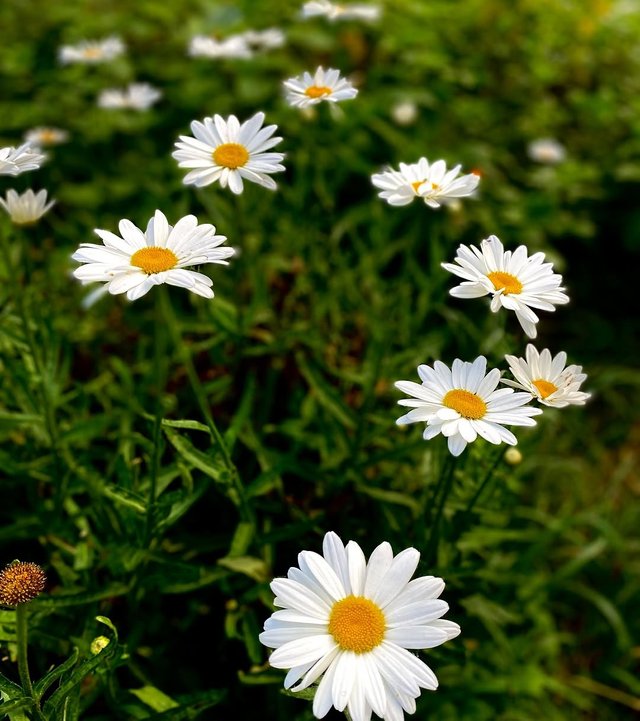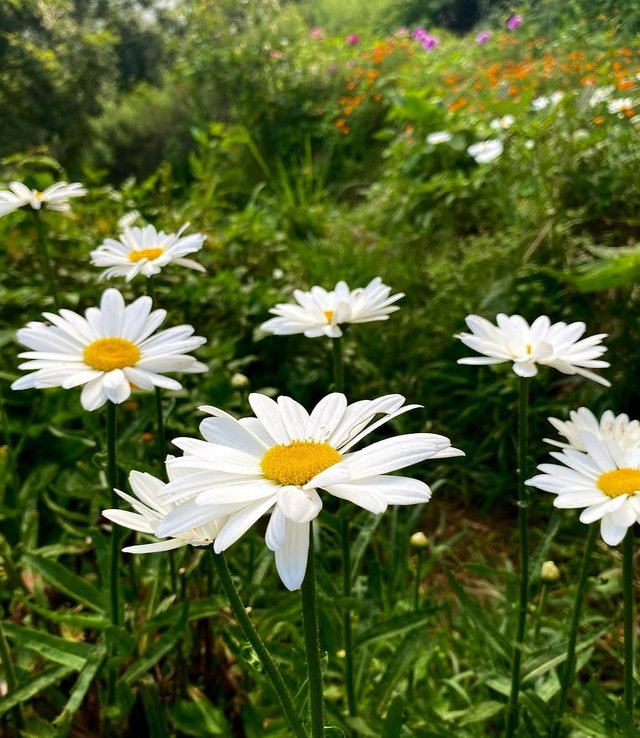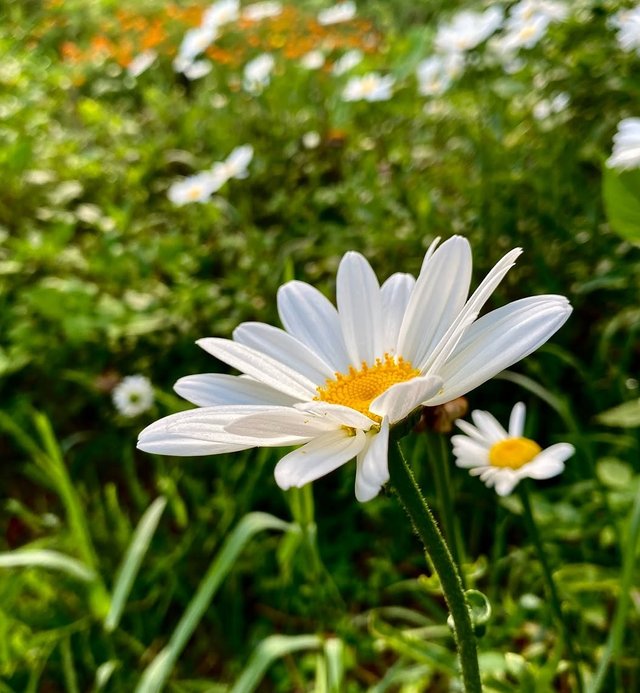Wonderful Colour Oxeye Daisy Flower
Oxeye Daisy: The Classic Meadow Beauty
The Oxeye Daisy is one of the most recognizable and beloved wildflowers across Europe, North America, and many temperate regions of the world. With its bright white petals radiating from a cheerful golden-yellow center, this hardy perennial has come to symbolize purity, simplicity, and resilience. Though often seen as a symbol of idyllic countryside landscapes, the Oxeye Daisy also holds a fascinating ecological, cultural, and botanical significance.
Botanical Description
The Oxeye Daisy belongs to the Asteraceae family, commonly known as the aster, daisy, or sunflower family. Botanically, Leucanthemum vulgare is a herbaceous perennial that can reach heights of 30–90 cm. Its sturdy, slender stems bear single flower heads, each 2.5 to 5 cm in diameter. The flower comprises a dense cluster of tiny yellow disc florets at the center, surrounded by a single layer of white ray florets that give it its iconic daisy appearance.
The leaves are also characteristic: basal leaves are spoon-shaped with coarse teeth, while upper leaves are smaller, lance-shaped, and clasp the stem. The foliage has a somewhat rough texture, adding to its rustic charm.
Habitat and Distribution
Originally native to Europe and parts of Asia, the Oxeye Daisy has spread to many regions worldwide, including North America, Australia, and New Zealand. It thrives in meadows, grasslands, roadsides, and disturbed areas where sunlight is abundant. The plant prefers well-drained soils but is remarkably tolerant of varying soil types, including poor, sandy, or rocky soils.
In many places, the Oxeye Daisy has naturalized so thoroughly that it is considered a wildflower emblem of open fields and country roadsides. However, in some regions, it is classified as an invasive species due to its ability to outcompete native plants.
Ecological Importance
Despite its sometimes invasive nature, the Oxeye Daisy plays a significant ecological role. It provides nectar and pollen to a wide variety of pollinators, including bees, butterflies, beetles, and other beneficial insects. Its flowers are particularly important for solitary bees and hoverflies.
Thanks For Reading
Device Information
| Device | cannon eos 700D |
|---|---|
| Lens | 55-250 zoom leans |
| Location | Bangladesh |




